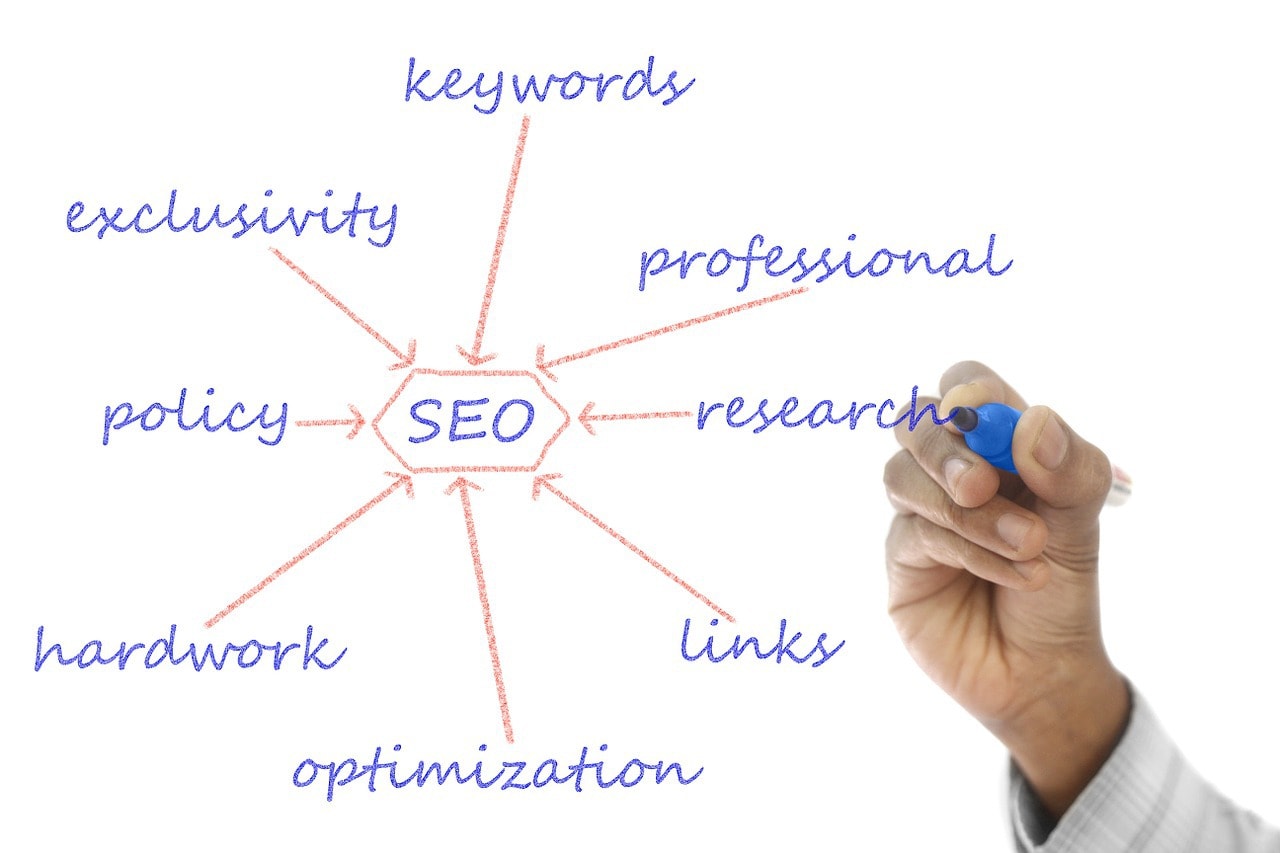
Writing a web page or a blog post is good. Writing an SEO article is better. When writing, you need to think about Google as well as about your website users and readers. Content optimized for search engines is a major factor in your ranking on Google, so it’s essential to familiarize yourself with SEO techniques that you can apply to your writing.
It is common knowledge that SEO stands for “search engine optimization,” but how can SEO be used when writing for the web? What follows are 8 easy to apply techniques that will help you optimize your Web pages and blog posts. Use these tips and you will enhance the reputation of your website, draw new traffic and attract potential customers.
Find a powerful title that speaks to your readers and captures their attention. Make sure to include your target keyword at the beginning of the title if at all possible. Having your keyword at the beginning of your title is an important factor in SEO. You can have the keyword among the last words of the title, but this technique is not as effective.
Your article’s title will be displayed in search engines results and, when the article is shared, on social networks. That’s why it is important to have a catchy title that entices people to click through and read the article.
When coming up with a title, be sure to include your target keyword and your brand name in a short sentence that describes the content. Don’t just use the keyword as the title. Try not to exceed 66 characters. Otherwise, your title will be cut short in the search results.
The Title tag, also called the Meta Title, is the equivalent of the title of the HTML document, while the H1 tag is th3e equivalent of the title of the body of the page or article. The Title tag is displayed at the top of the browser and as the tab name. It should contain the target keyword, as well as the regions you serve, some modifiers, and your brand name. It doesn’t matter if these two tags, Title and H1, use the same words.
Likewise, the URL of your article should contain your target keyword for better SEO. For example:
Heading elements, also known as H tags, give your articles structure and perspective. They make the text easy to read, for your users as well as for Google.
Your title becomes the H1 tag (Title 1). Your division headings, or subtitles, then become the equivalent of the H2 tag (Title 2), the H3 tag (Title 3), and so on. The title thus indicates the theme, the central topic, of your page or article. The other heading elements show Google the divisions and sub-topics of your piece. They also help readers quickly understand the ideas and sub-ideas of your article or web page.
Here is an example of an optimized structure:
H1: Writing an SEO Article for the Web
H2: A Few Easy Techniques
H3: The First Technique
H3: The Second Technique
H2: Other Techniques
H3: A More Advanced Technique
To optimize your H1 tag, make sure it:
While the other H tags do not have much weight in SEO, they do allow you to highlight your keywords.
The body of your page or blog post needs to be at least 400 to 500 words long. The minimum length of web content, including the menu and the side navigation bar, is 500 words. So, if you write at least 400 words, the whole page will easily add up to the required minimum of 500 words. If you publish more than 500 words, though, that’s even better!
 Choose keywords carefully. Try to find keywords that users actually search with. Keywords should not exceed 1% of your content, including the title and section headings. For example, if you write 400 to 500 words, your target keyword will appear a maximum of five times. Aim to incorporate your keywords naturally. Repeating the same keyword too often can lead to what’s known as an over optimization penalty. One way to avoid the penalty and to ensure that your writing remains natural and enjoyable to read is to use synonyms, or modifiers, of your keywords.
Choose keywords carefully. Try to find keywords that users actually search with. Keywords should not exceed 1% of your content, including the title and section headings. For example, if you write 400 to 500 words, your target keyword will appear a maximum of five times. Aim to incorporate your keywords naturally. Repeating the same keyword too often can lead to what’s known as an over optimization penalty. One way to avoid the penalty and to ensure that your writing remains natural and enjoyable to read is to use synonyms, or modifiers, of your keywords.
Use variations of your keywords. They will be also taken into account by Google and your content will appear in the results of secondary expressions. Google acknowledges that keywords are essentially webs of words related to each other. Using variations, synonyms, plural and singular, related terms, as well as the regions you serve, will help to strengthen your position in Google for a given keyword.
Putting your keywords in bold or italics once or twice in a page or post helps your readers, as well as search engines, more easily identify keywords.
Each page or blog post should have at least one image. The image file name and its ALT attribute (alternative text), as well as its description, must contain the target keyword. Keep accents and punctuation marks, such as apostrophes, out of the image file name. It is important to remember that the ALT attribute is one of the major indicators that Google Images uses to organize and read images. A well optimized image can therefore increase your traffic and visibility.
Pay attention to the quantity and quality of your links, be they internal, external or inbound. Inbound links from credible sites enhance your SEO. However, if you create links with low quality sites or websites not clearly related to yours, the effect will not be positive. Internal links point to other articles or pages within your website. They offer your readers and customers interesting and relevant additional content. Internal links help establish information hierarchy from the one page to another of your site. Internal links help your visitors follow logical paths. They also allow Google to navigate your site more easily. External links are links to other sites. They are used primarily to link your content to an existing content that you quoted in your text.
A link in the body of your content will have more weight than a link in the side navigation bar or in the footer section of your website. Always create a link on the phrase that best relates to the content of the page you are linking to. Look for the group of words that best describes what you want to link to, and use that short phrase as the anchor text.
With regard to the quantity of links, use a maximum of 5 internal links and a maximum of 2 external links per page or blog post. The longer your article is, the more links you can add but be sure not to exceed the maximum.
The meta-description is what attracts readers. Use the 156 characters to provide more information on the subject of your article or page. The description needs to be convincing enough to encourage users to click through and read the article, all while incorporating your target keyword, some modifiers, and your brand name. If you do not take the time to customize your description, Google will use the beginning of your article by default.
In conclusion, writing an SEO article does not require advanced technical skills. Offer informative, explanatory, and detailed content and visitors to your website will see you as an authority in your field. SEO articles can turn your visitors into potential customers, increase your visibility, and enhance the reputation of your site and your brand image.
For a handy reminder, you can download the PDF showing the elements of a perfectly optimized page: The Perfectly Optimized Page